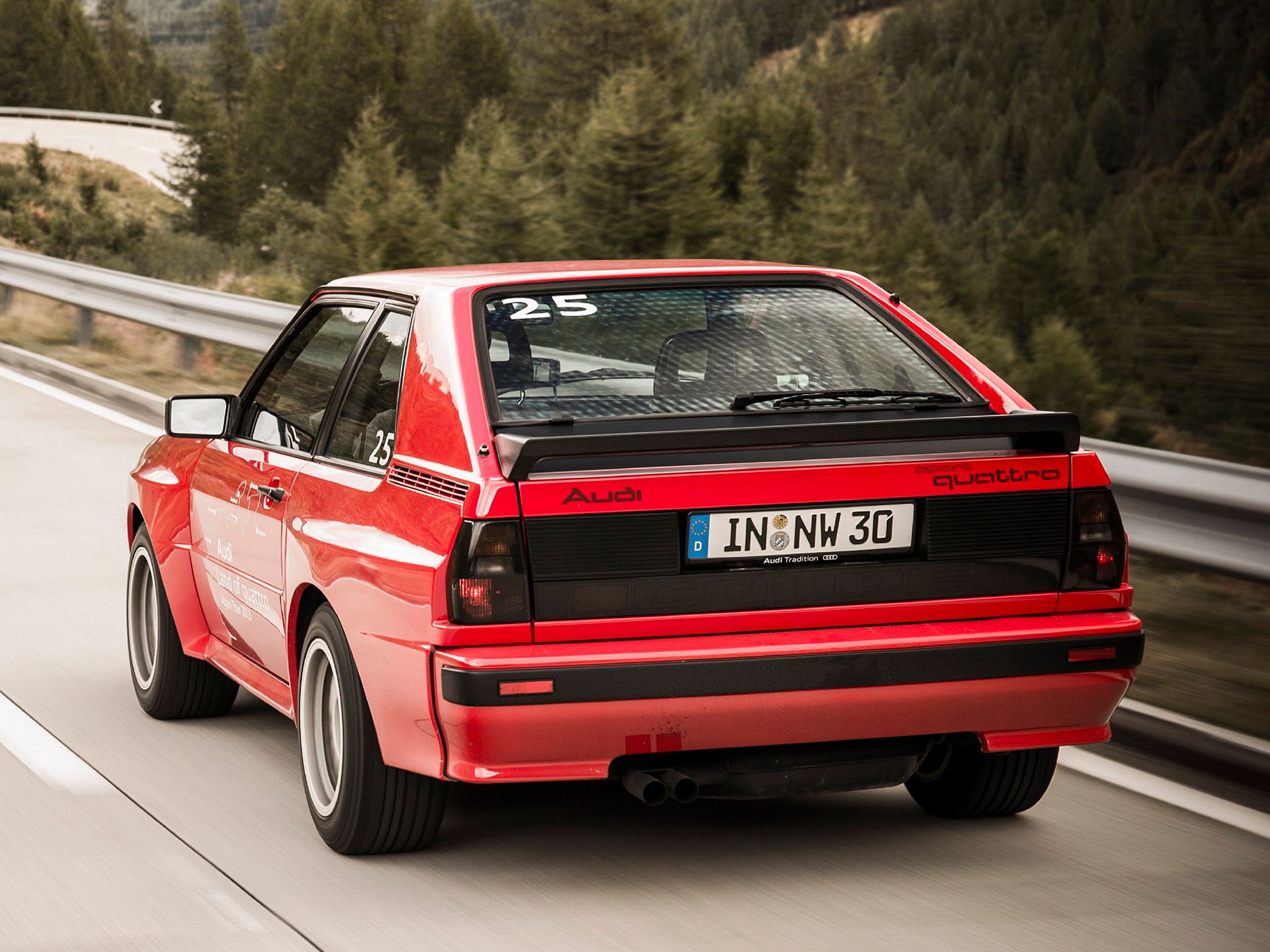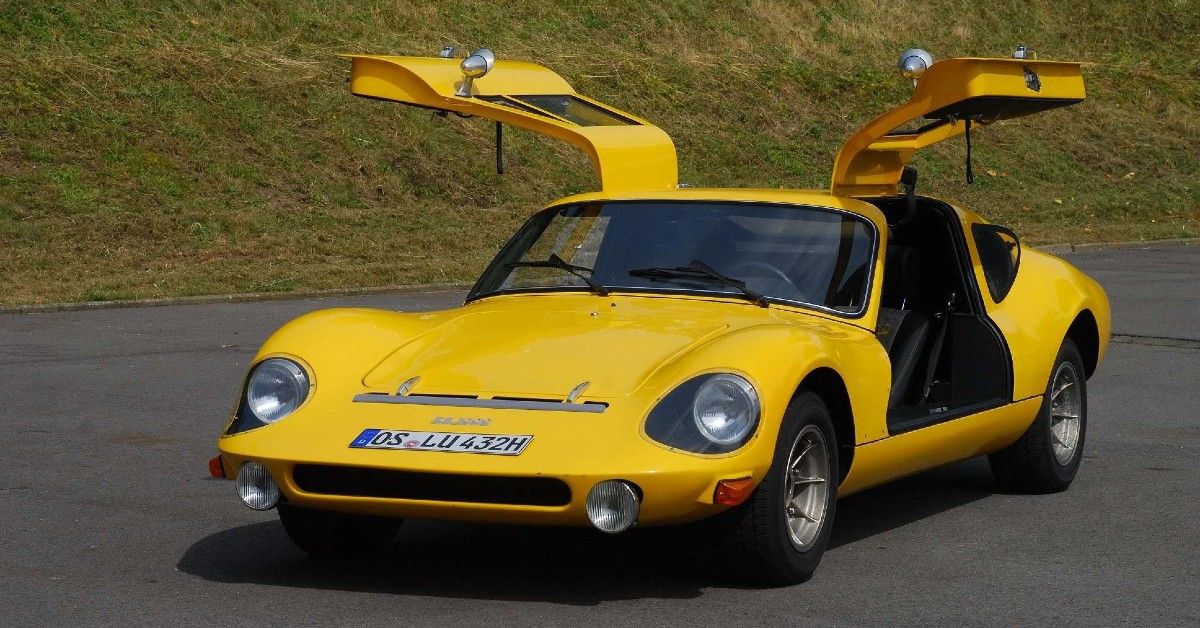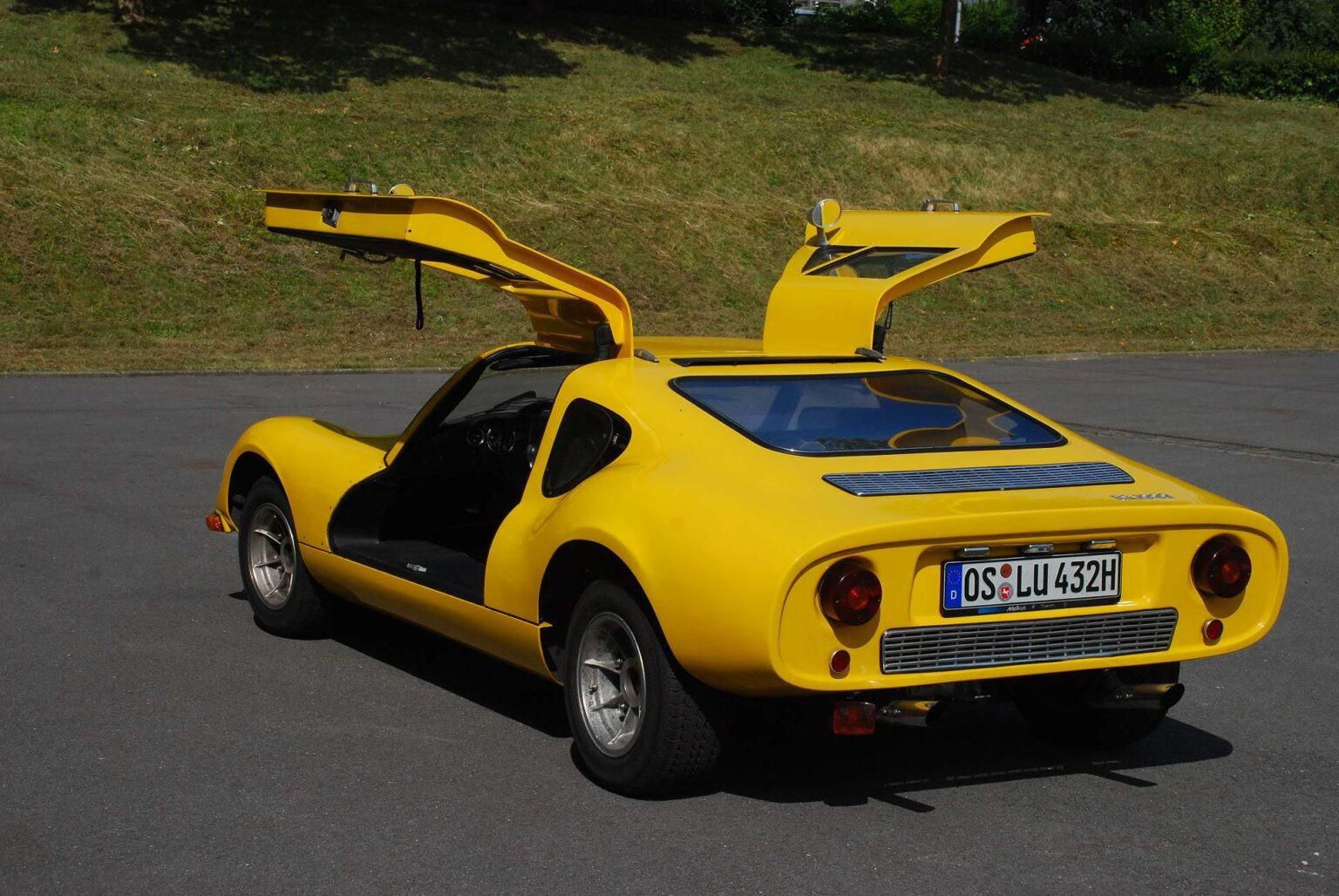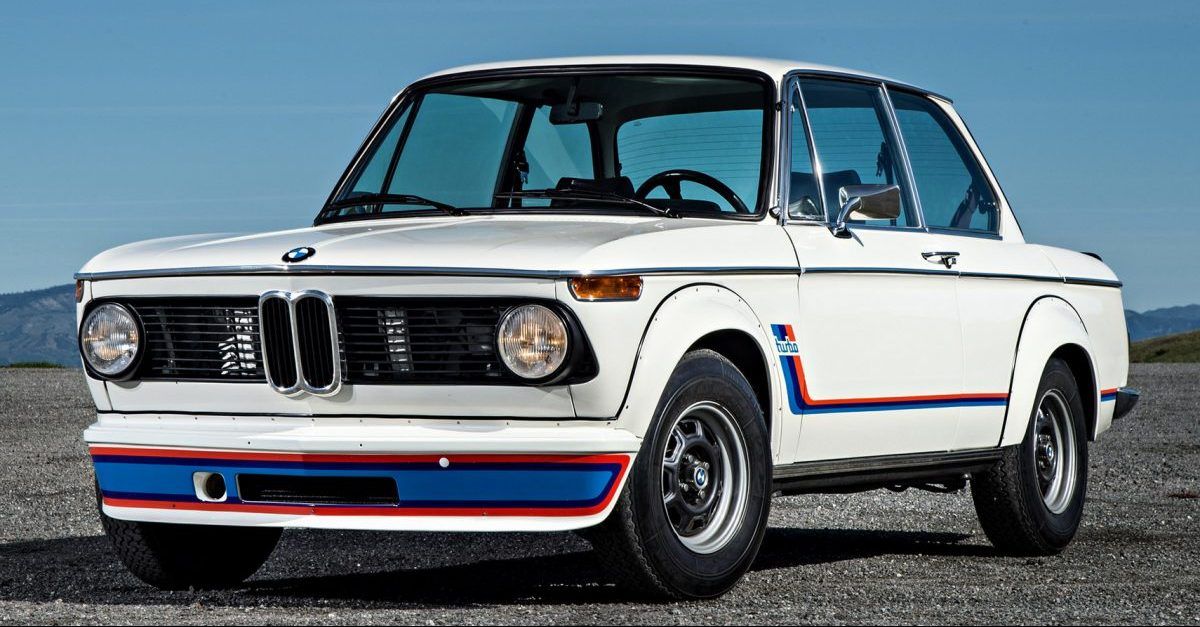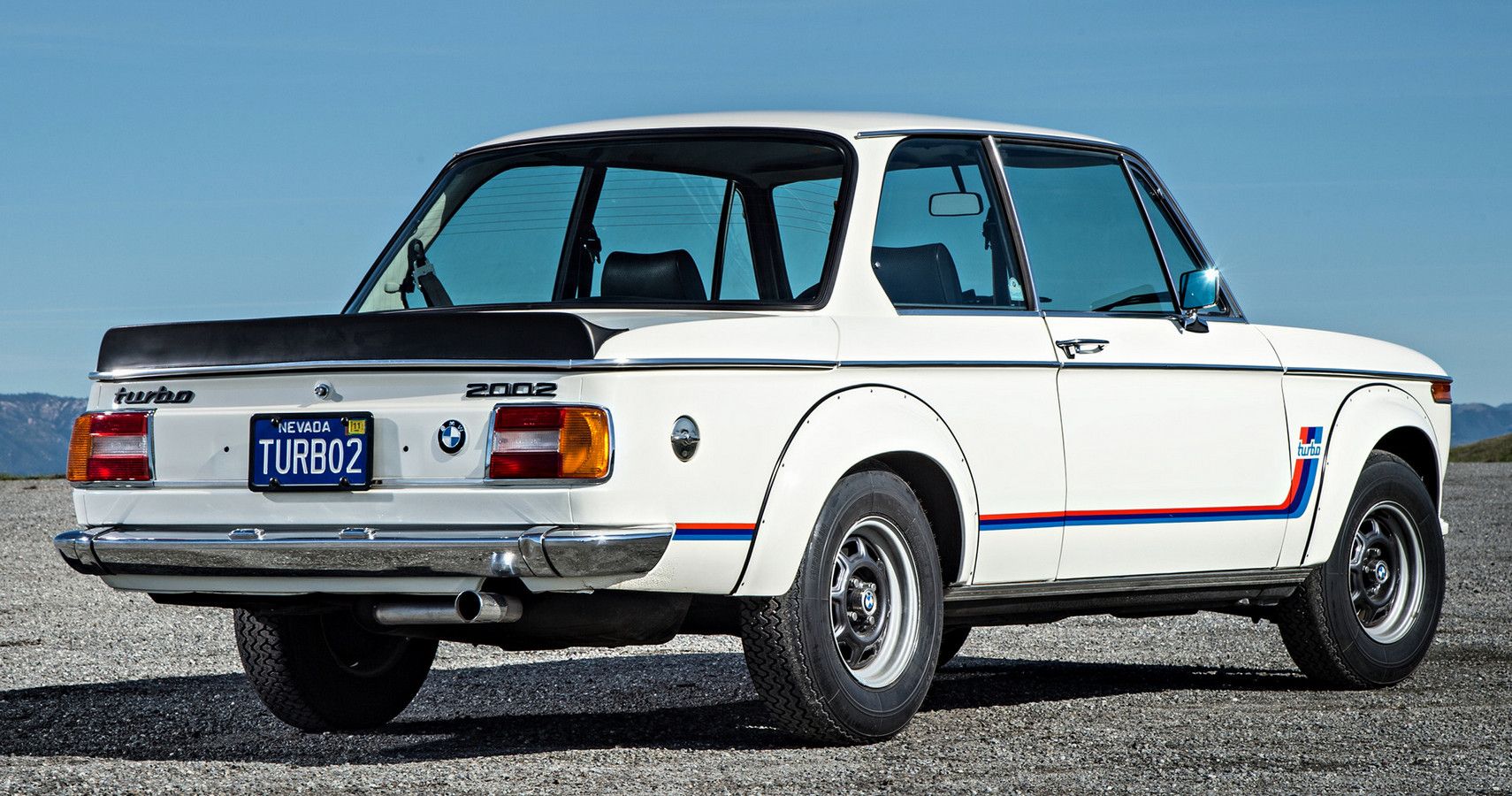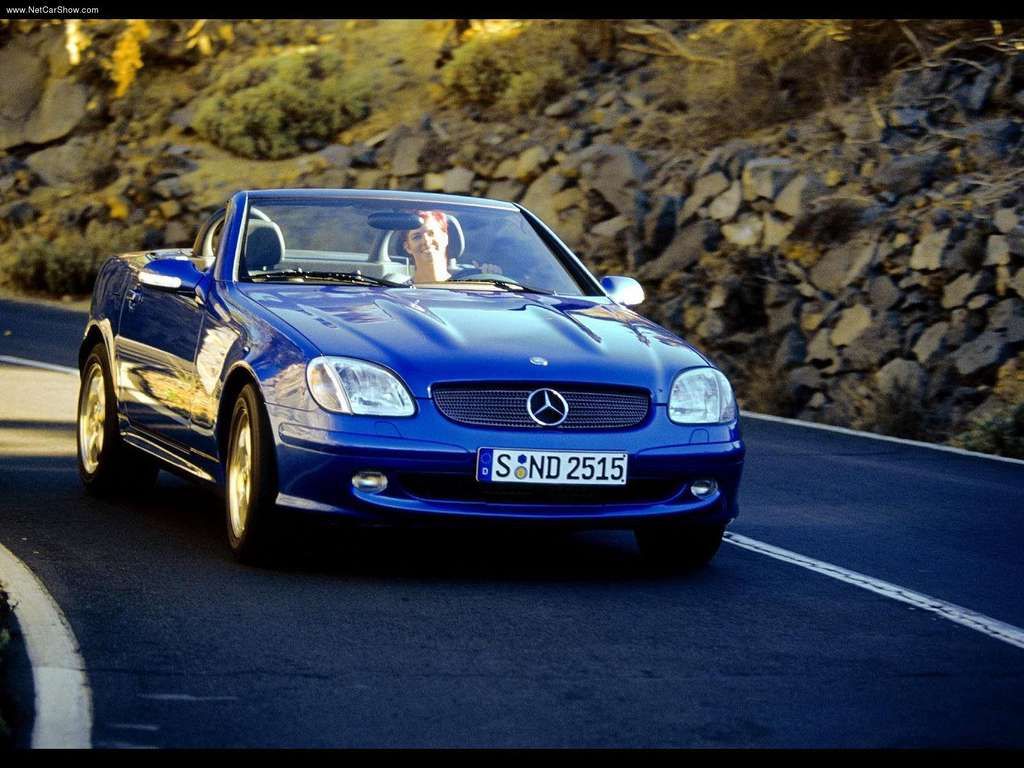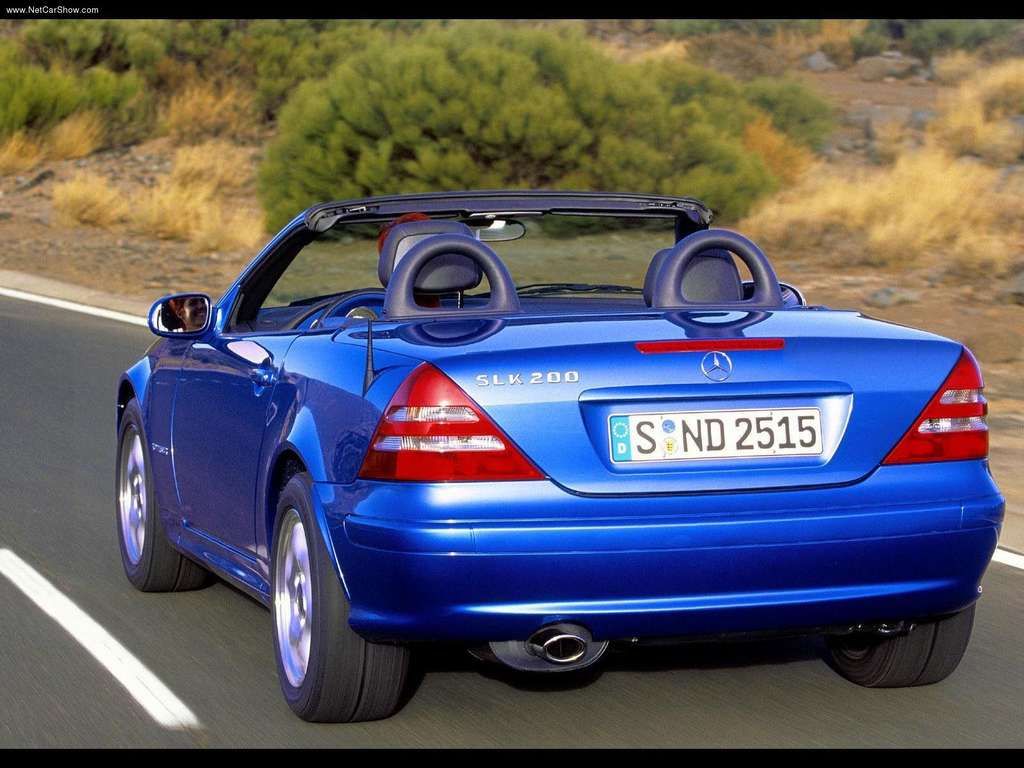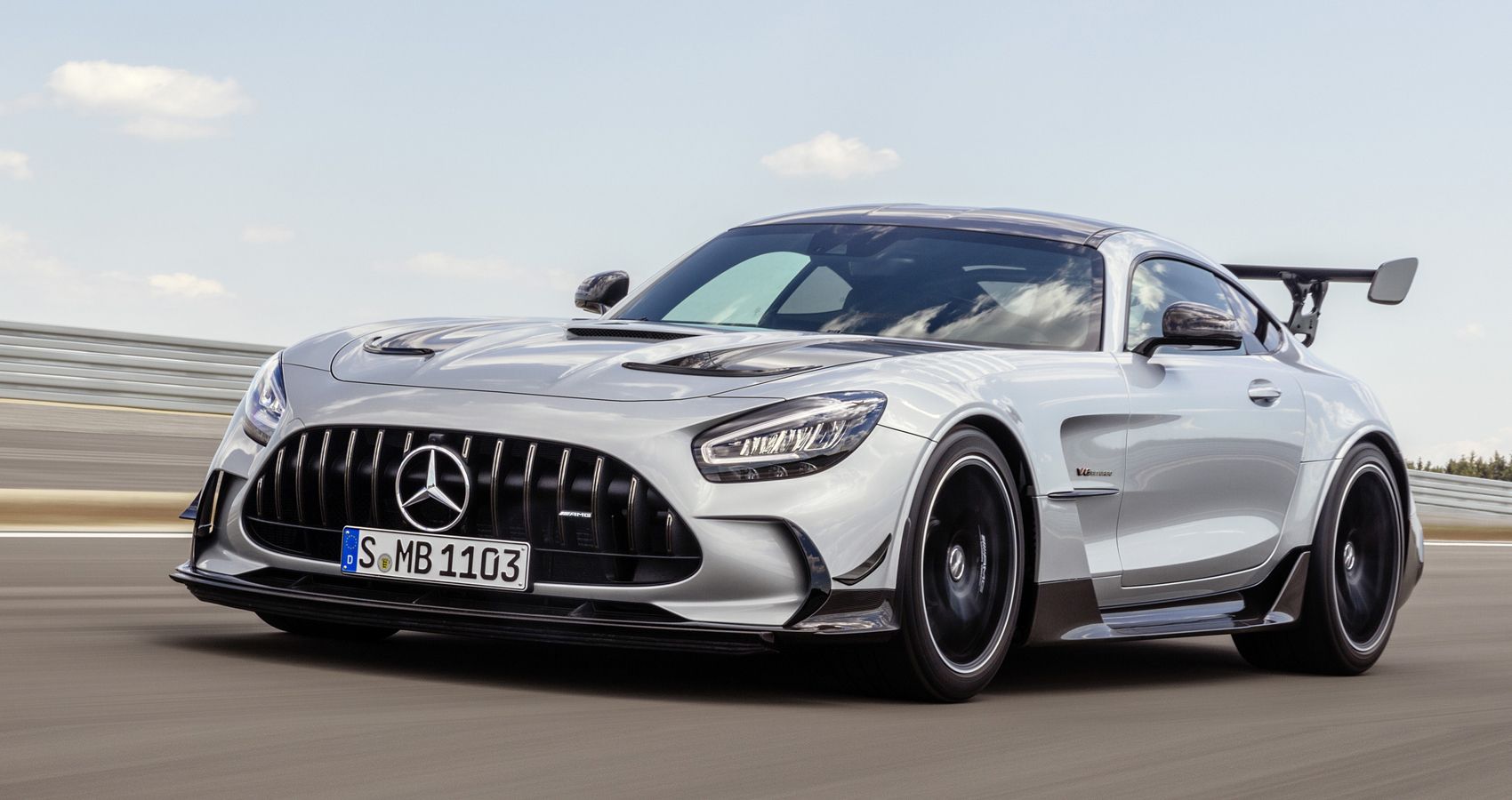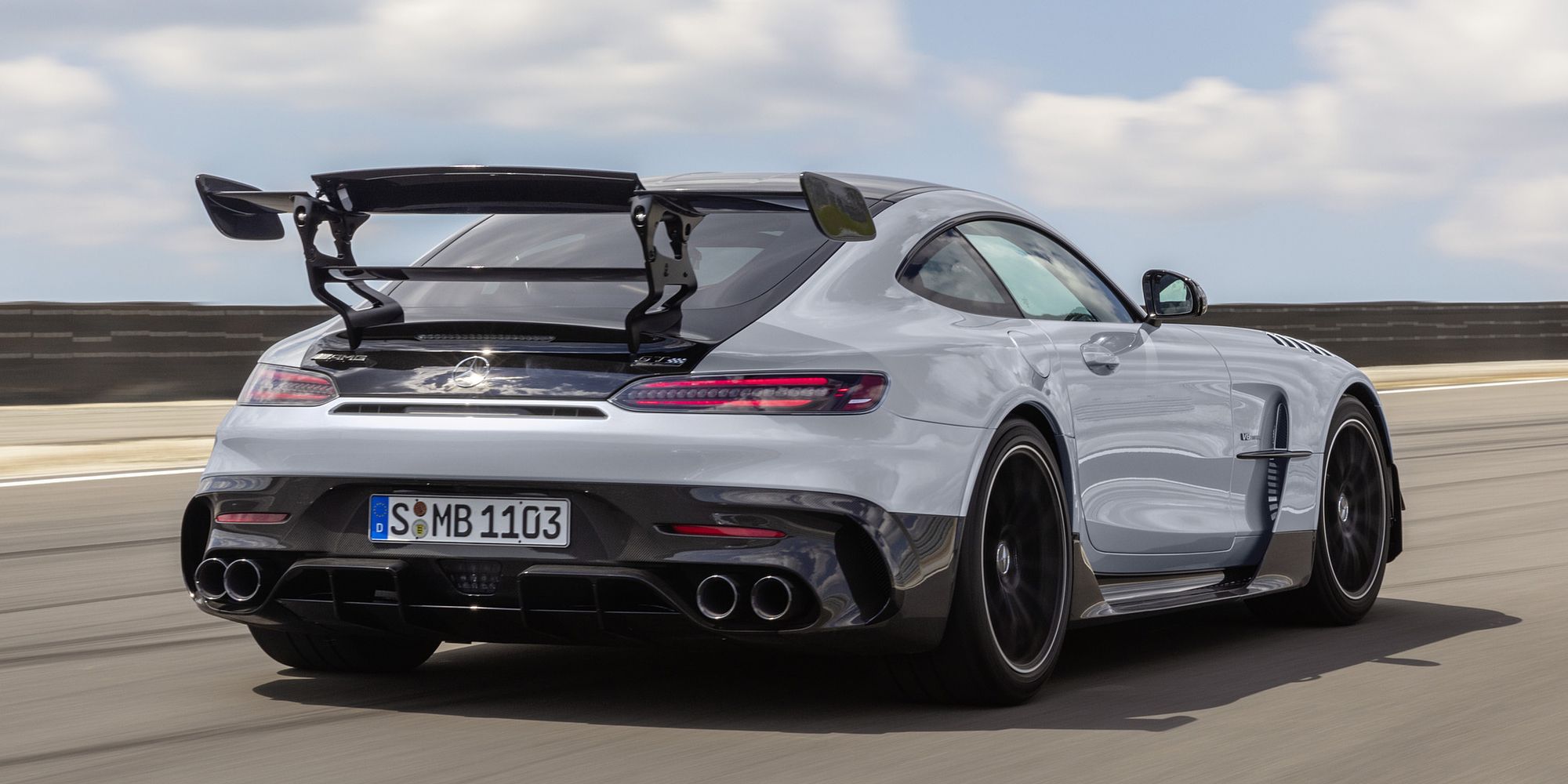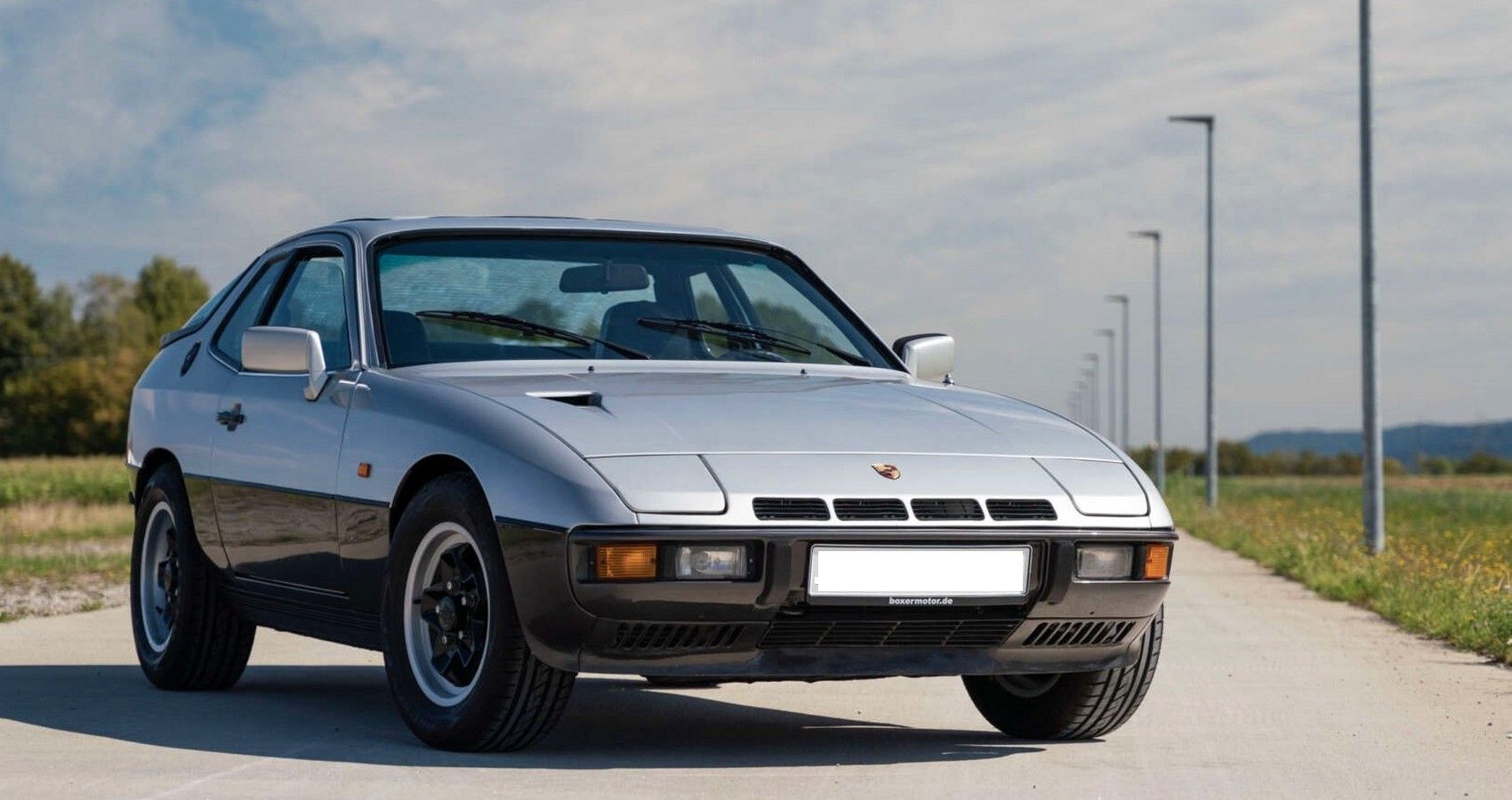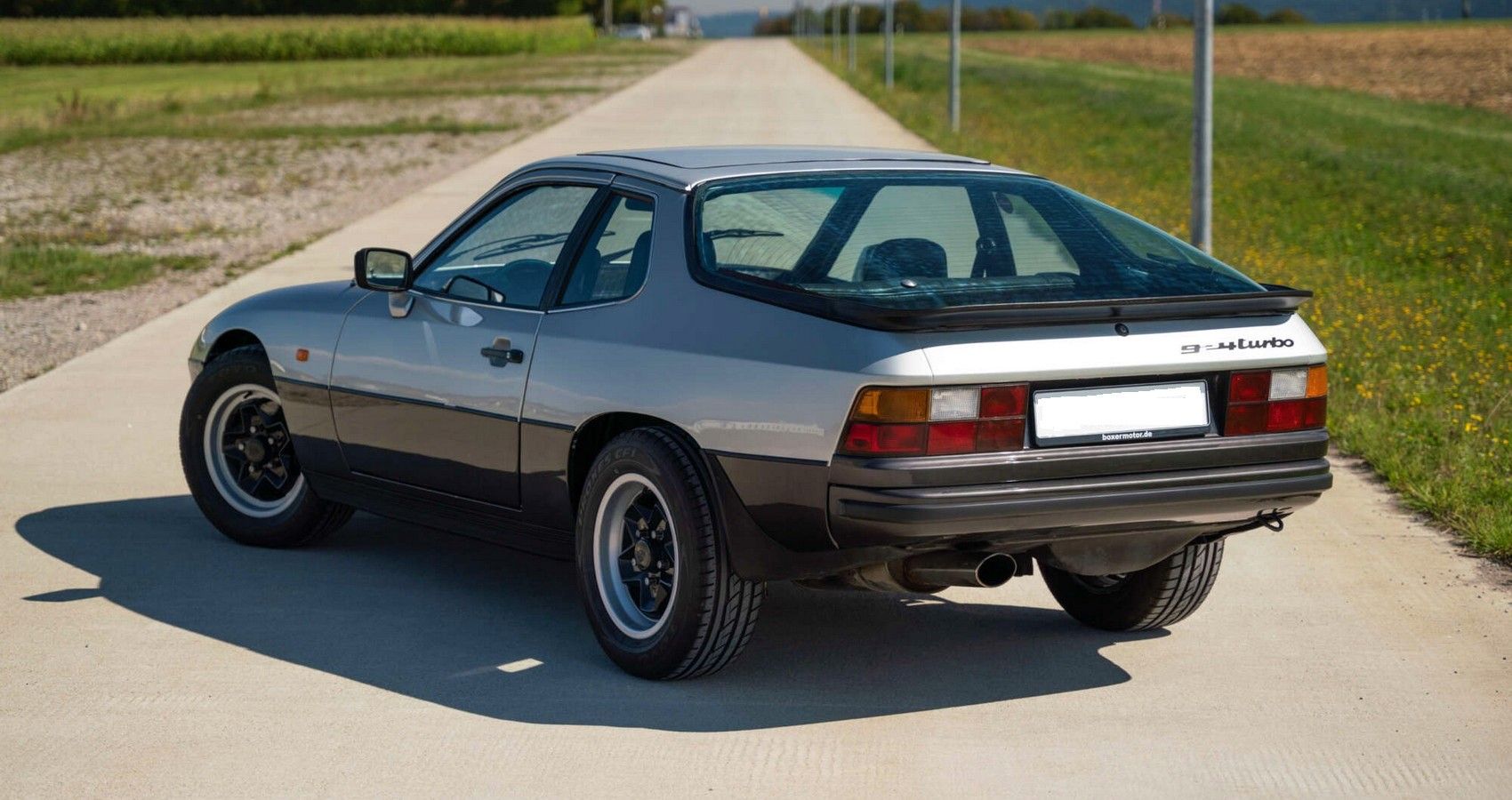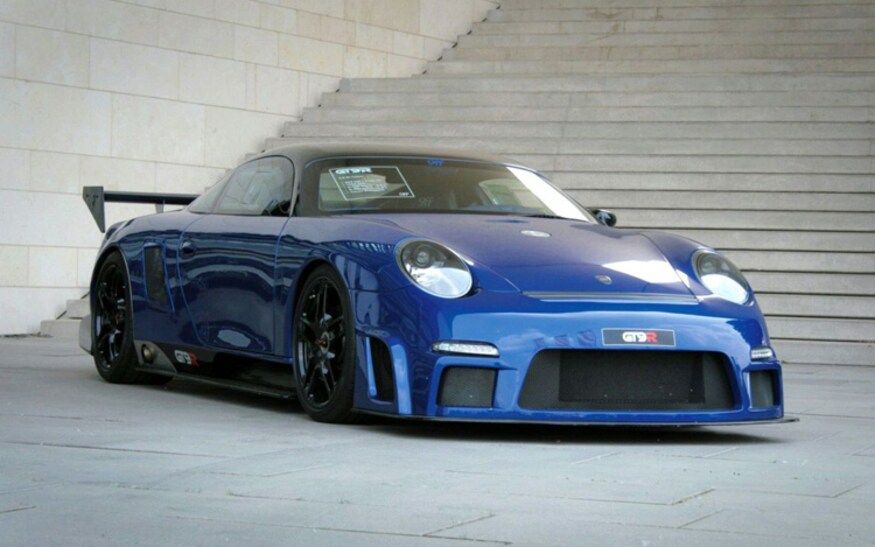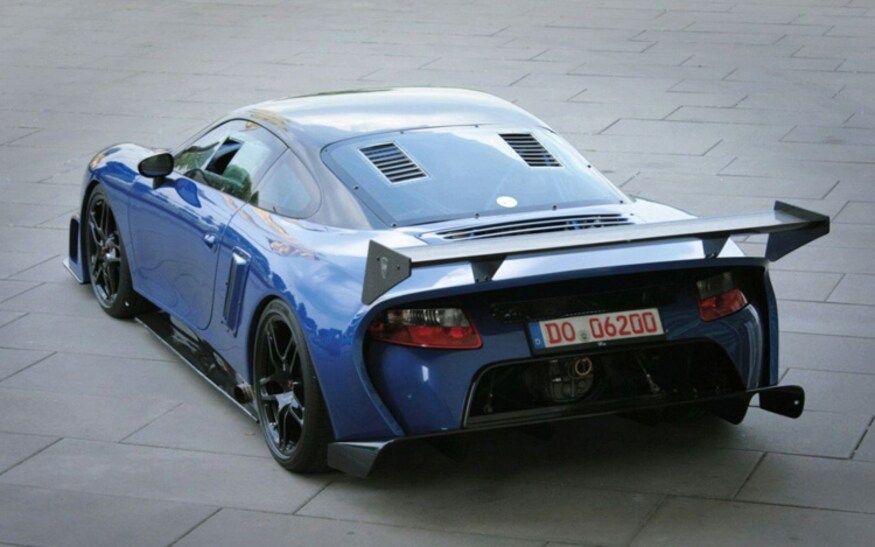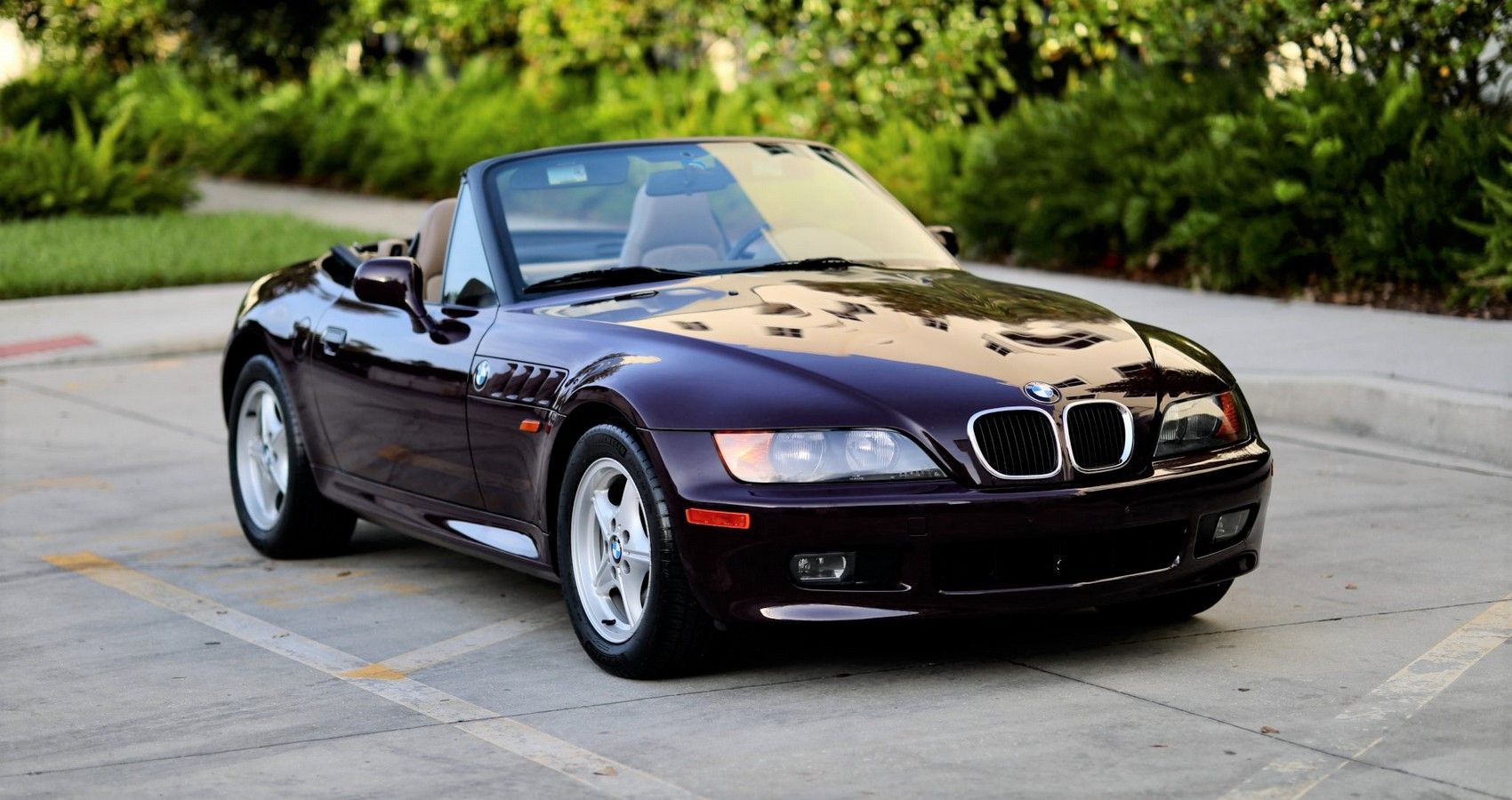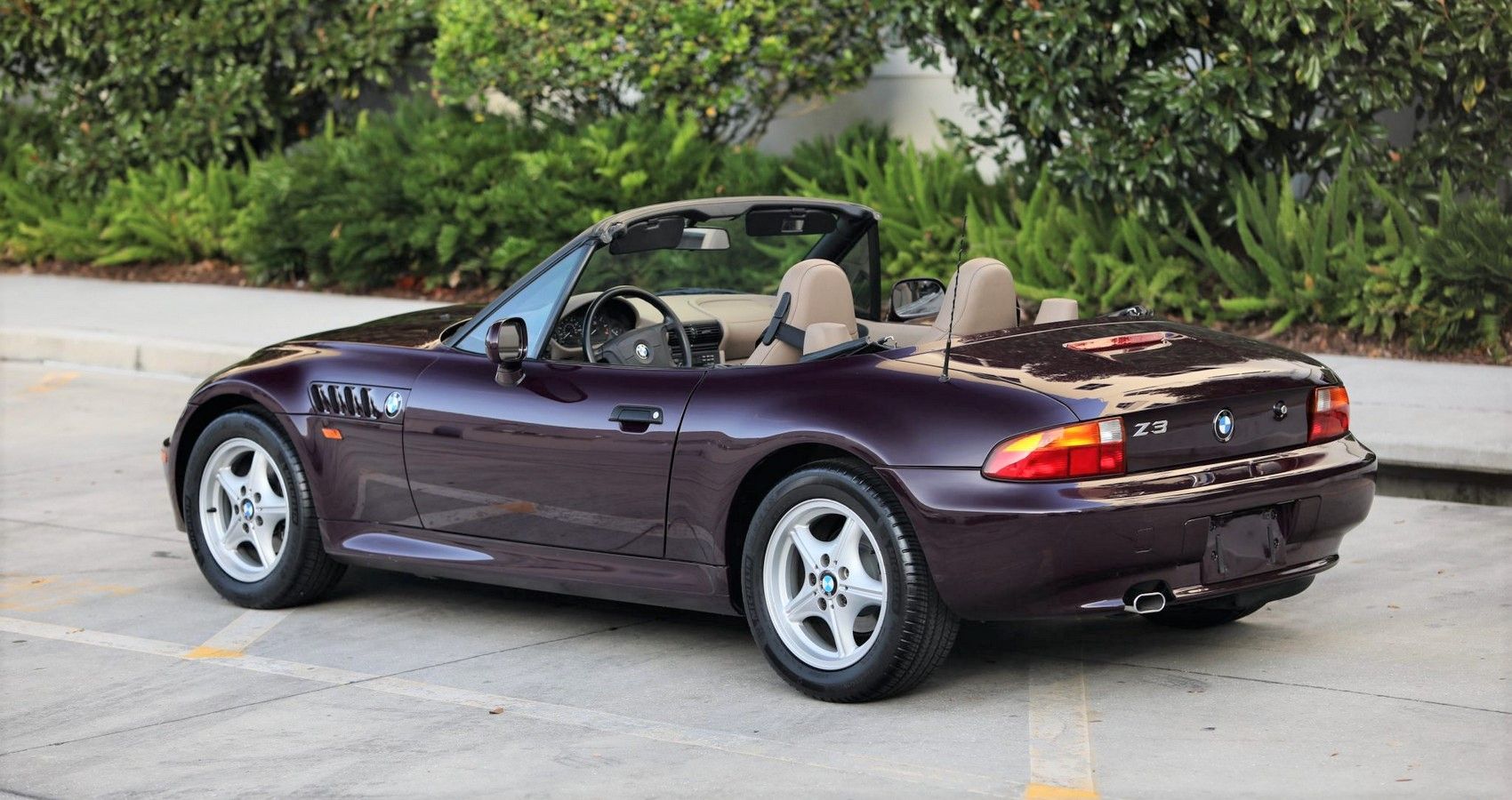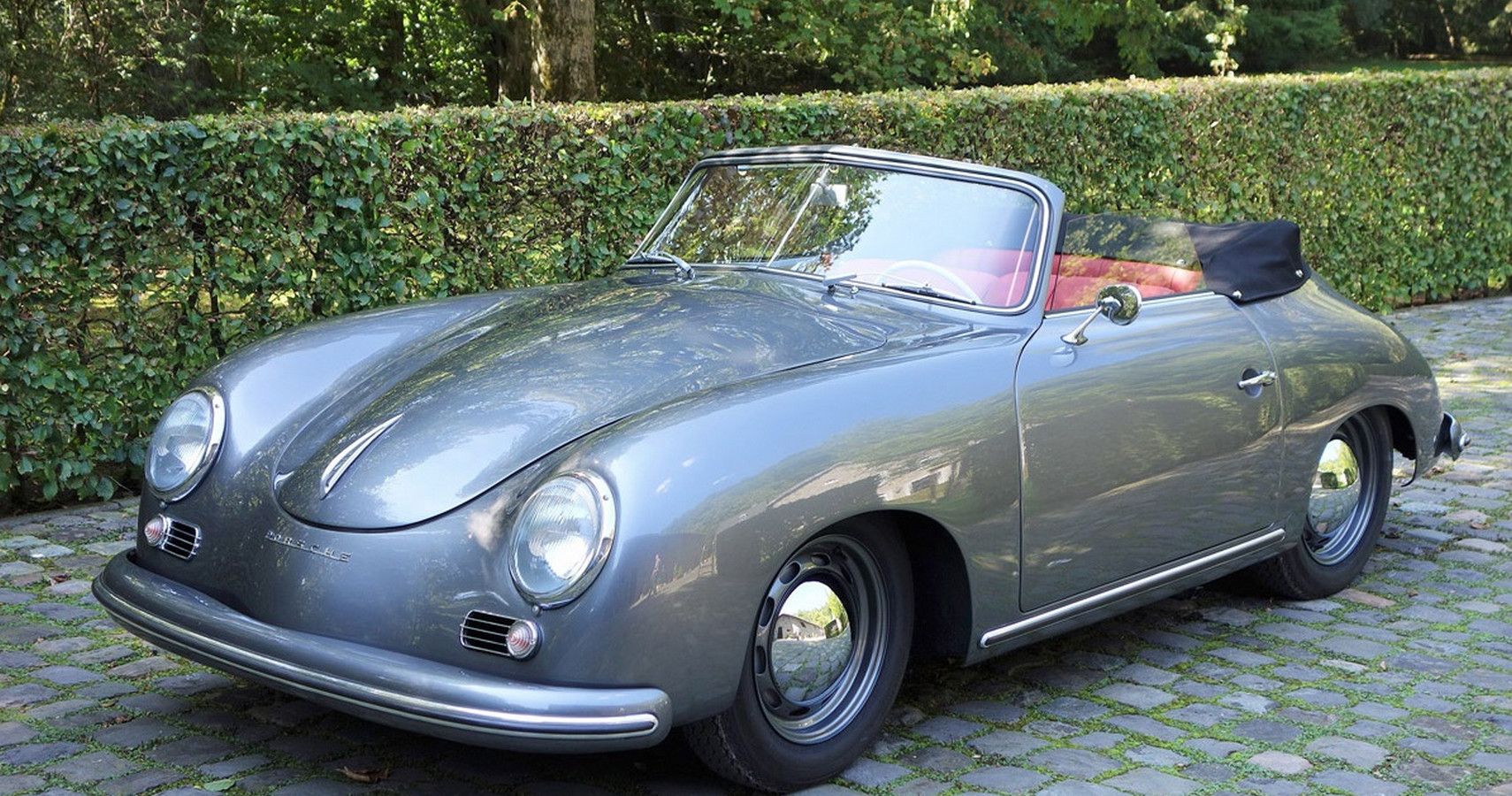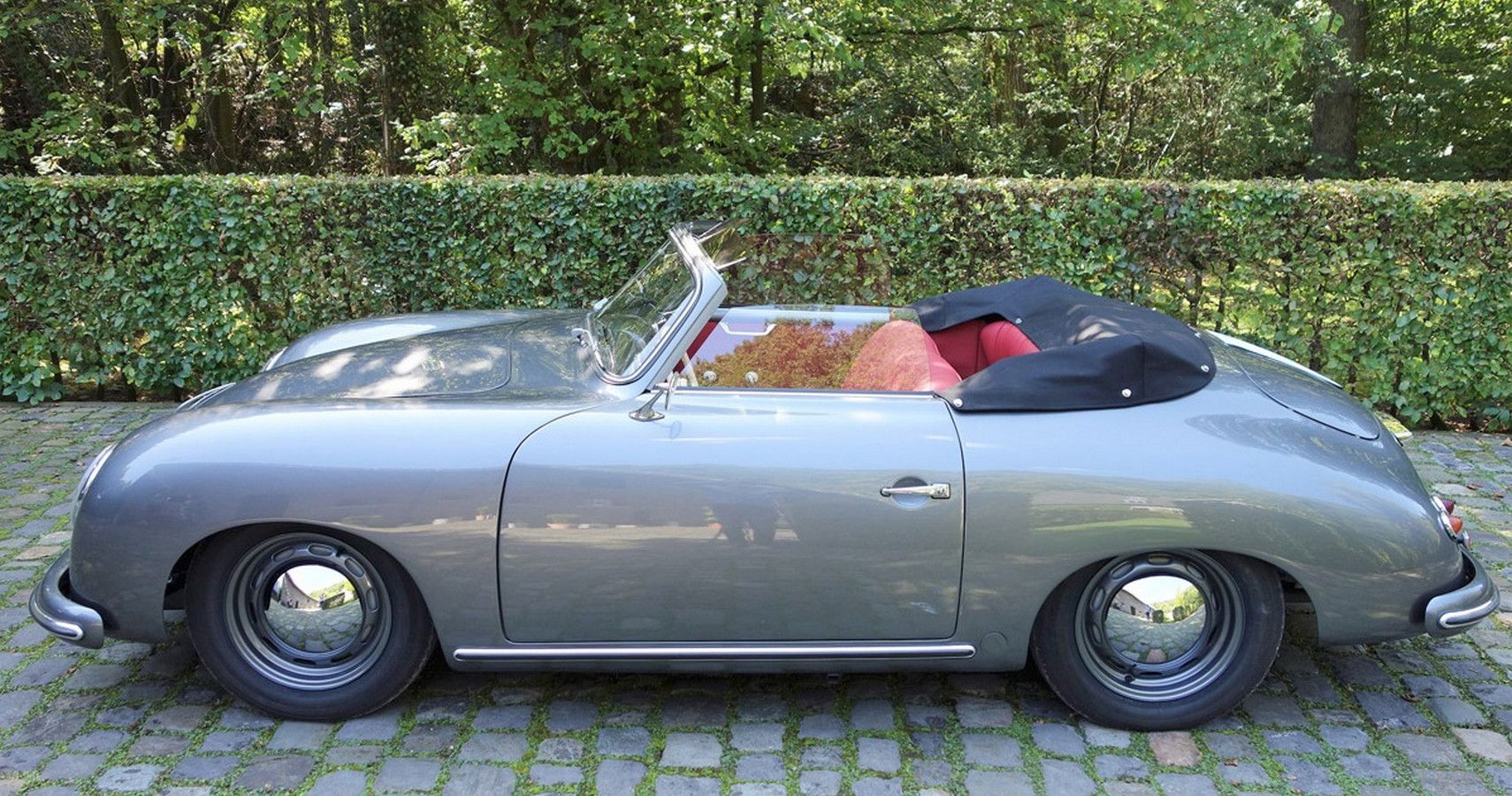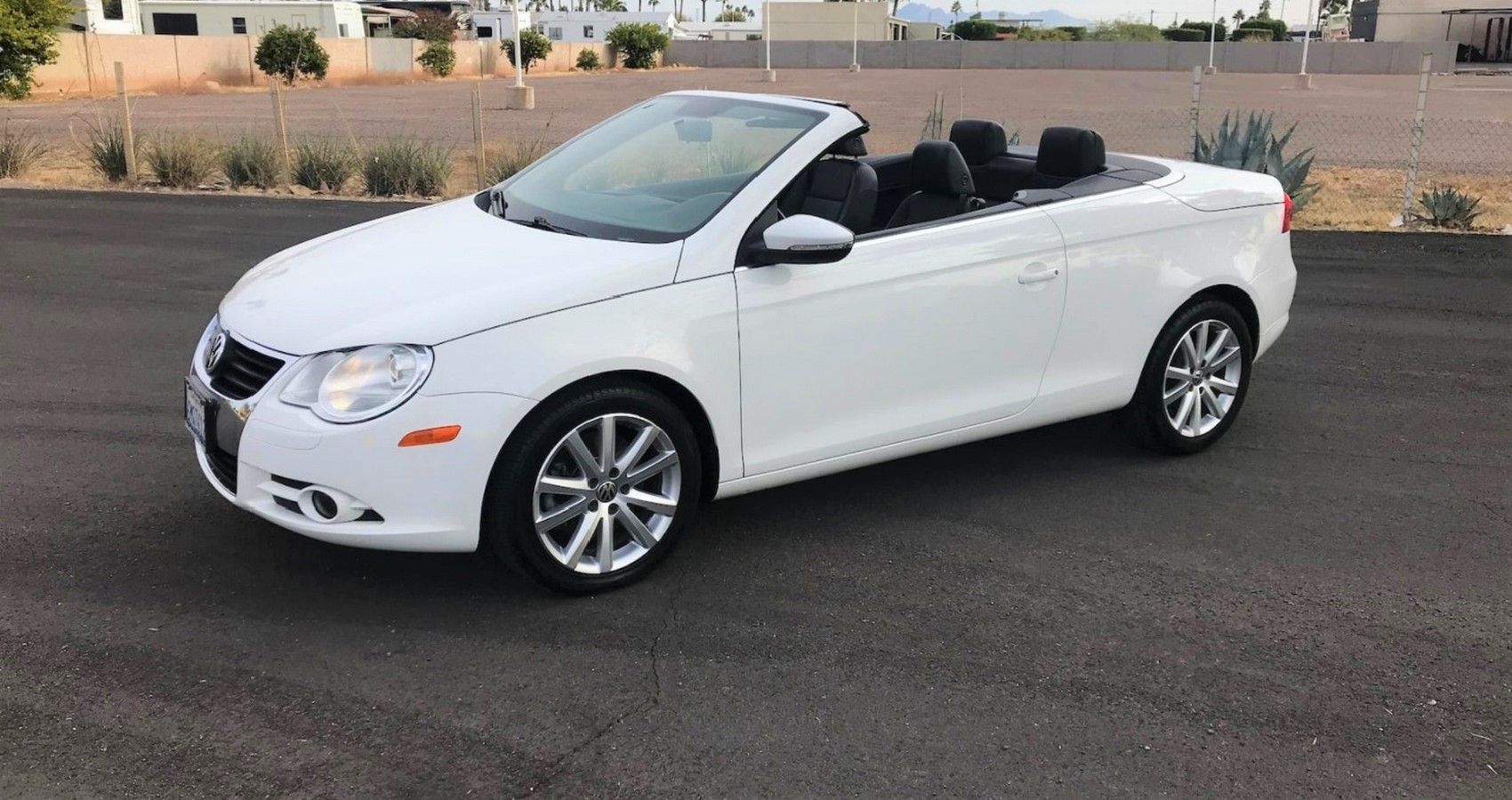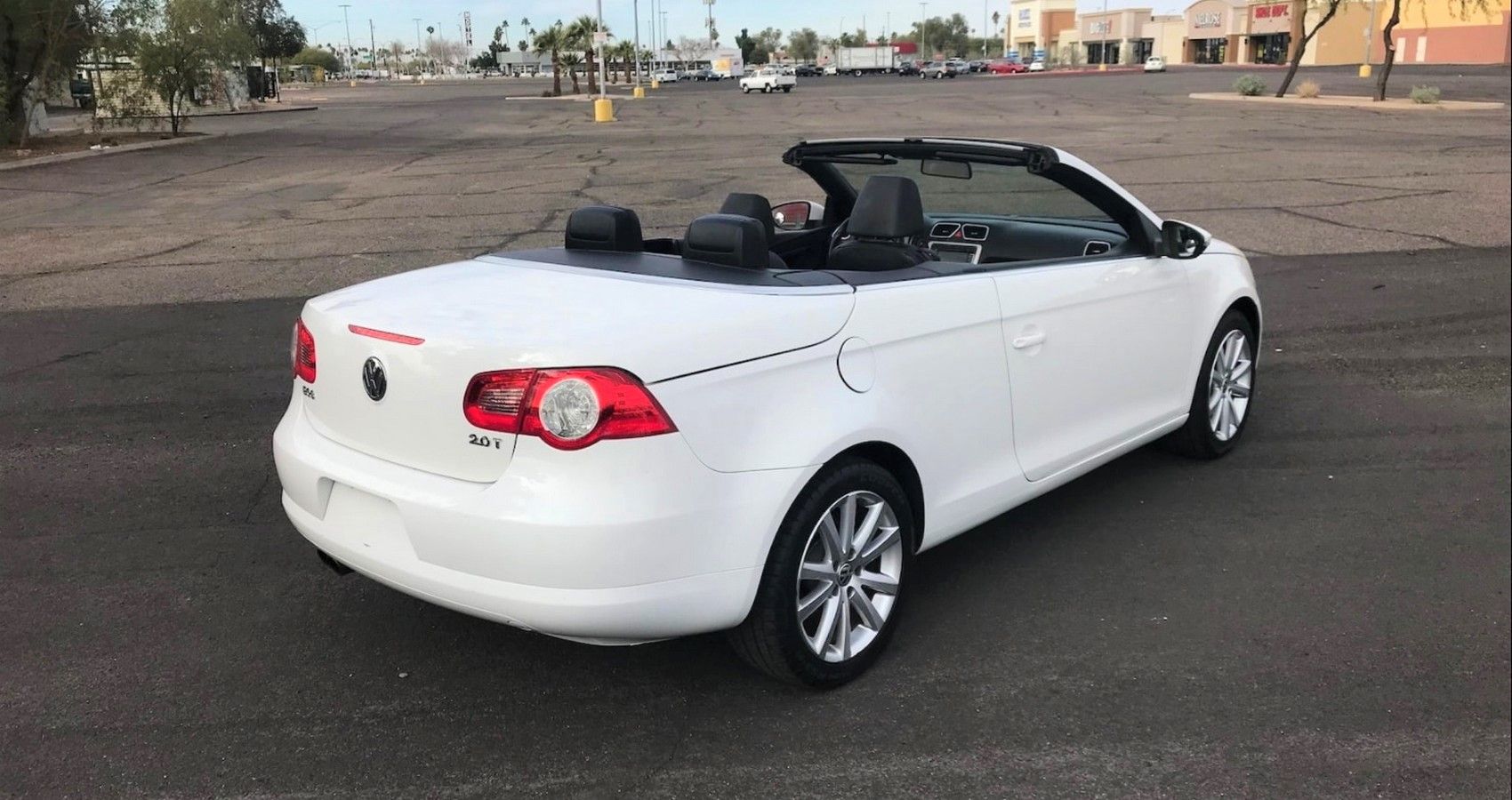The muscle car is as American as baseball and apple pie. There’s nothing we like more than big, loud, powerful. The Ford Mustang debuted in 1964, and the real heyday of the muscle car was the late ’60s through the ’70s. Nonetheless, the Mustang is still a popular car, and the rebirth of the Dodge Challenger and Charger proves that Americans still have a place for them in their hearts.
In the past forty years, cars imported from Europe and Japan have grown in popularity and have taken a large chunk out of the sale of domestic vehicles. Asian cars are the most popular of the imports, but Germany is also a significant player. They are known for being stylish and luxurious cars, but also for being incredibly quick. While the muscle car feels most at home on the drag strip, German cars are built for the Autobahn, where high speeds are the norm. That makes their cars incredibly desirable for Americans who love to drive fast. That doesn’t mean that every car manufactured in Germany is a winner, and they have had their fair share of duds that can’t live up to the standards Americans are looking for.
Here are five German sports cars we’d choose to drive instead of a muscle car and five we’d instead pass up.
10 We’d Buy Over Any Muscle Car: Audi Sport Quattro
Unlike most sports cars that compete on a track, a rally car is built to compete in several kinds of racing, each with its challenges and requirements. These cars must be fast on the road, fast off-road, fast on hill climbs, autocross, motor cross, ice racing, etc. To qualify for these races, the cars must be road-legal production cars.
Audi has always been among the most successful teams, especially in the early ’80s, thanks to a rule change in the early ’80s that allowed AWD cars. With this change, Audi developed their Quattro system, and as the first car fitted with a turbo, they became actual competitors in the sport. Quattro was such a game changer that it’s standard on most Audi models built today.
9 We Wouldn’t Buy Over Any Muscle Car: Melkus RS 1000
When Germany was split into East and West after World War II, the East entered hard financial times that severely affected industry and manufacturing. Without the ability to import cars from the West, East Germans were forced to buy vehicles that could never compete with the quality of the famously well-engineered vehicles from West Germany. The most infamous of these car companies were Trabant, Wartburg, and Melkus.
The most famous of the cars from Melkus is the RS 1000. They built 101 of these cars from 1969 to 1979. On the outside, It has a sporty and attractive shape, and Gullwing doors even make it seem like it’s a modern sports car, but that’s as far as the positives go. It was powered by a two-stroke Wartburg engine that made only 70 hp, was so lightweight that it was hard to control, a rear engine that caused massive oversteer, and was fitted with brakes that couldn’t be counted on to work. These factors made it far too dangerous to be a car we would want to drive.
8 We’d Buy Over Any Muscle Car: BMW 2002 Turbo
In the 1950s, BMW began a period of severe financial problems. While that was negative at the time, it did result in BMW beginning to focus on the types of sports sedans we see today. Thanks to what was known as The New Class, BMW was able to make it through the crisis and become one of the most successful car brands in the world.
In 1969 BMW began production of the 2002 in 1969, but the best version, the 2002 tii, began production in 1973 and was the first turbocharged production car in Europe, which boosted the power up to 115 hp. BMW also added a large radiator, vented brakes, and a new transmission. They shifted from steel bodies to using fiberglass and added a rear spoiler and a front air dam. Only 1,672 were built because of the oil crisis, which started soon after. Looking back, BMW now says that it was a car that contradicted the spirit of the times like no automobile before
7 We Wouldn’t Buy Over Any Muscle Car: Mercedes SLK 200 Kompressor
In 1996 Mercedes began selling the SLK as their first luxury roadster. At the time, the Mazda Miata was the best-selling 2-seat convertible. Still, Mercedes thought this car could appeal to a different demographic who wanted a similar style of car that was quicker, had more power, and more comfort. The SLK also had a folding hardtop as opposed to the soft top available on roadsters of the time.
It was a fantastic idea, but what was produced did turn out very well. It had a pokey 2.3L inline-4 supercharged Kompressor engine that made 189 hp with a 0-60 time of 7.4 seconds and a top speed of 144 mph. Its intriguing hardtop was prone to failure, had a poor fuel economy, and had oil leaks. The inside was bland and susceptible to delamination, and perhaps the only thing to make the car enjoyable, the CD changer in the trunk often failed. The trunk provided little storage because of the hardtop, and there was no back seat to carry things either.
6 We’d Buy Over Any Muscle Car: Mercedes AMG GT Black Series
While the SLK roadster got better over time, the AMG GT was always a great car. The SLS made it a hard act to follow, but from 2014 until the present, it held its own and proved to be a great car itself. Each generation of the AMG GT has had multiple variants, such as the GT S, GT C, GT R, and GT R Pro, that provide a wide range of options and performance for buyers to choose from.
The top dog model is the Black Series. Cars with this designation have been available on other models and are tuned to get everything out of the car that it can. The latest version has the same 4.0L twin-turbo V8 the other AMG GTs have but makes 720 hp as opposed to the next lower model, the GT R Pro’s “measly” 577. It also gives it a faster 0-60 mph (2.9 seconds) time and a higher top speed (202 mph). Mercedes will make you pay for that performance, though, with a price tag of $400,000.
5 We Wouldn’t Buy Over Any Muscle Car: Porsche 924
It’s undeniable that Porsche knows how to make a fantastic car. They have built dozens of amazing cars, but not even they aren’t immune from a mistake now and then. The Porsche 924 is one of them. Porsche’s have never been inexpensive, but they’ve been worth the money from the perspective of engineering and performance. When they cut the price by two-thirds, it’s no surprise that what you get will suffer from it.
In 1980 a Porsche 911 would cost you around $28,000. For a 1980s model 924, you would have paid just over $9,000. To accomplish this, the recipe that had made their cars special for so long was swapped out for something distinctly different. The 924 was a front-engine car sports car, and its placement negatively altered the car’s handling, something Porsche is famous for doing well. Its engine was so underpowered that Audi stopped making it. They also swapped the rear disc brakes for drum brakes, which is never good. After its replacement, the 944, they never made a front-engine car again.
4 We’d Buy Over Any Muscle Car: 9ff GT9 R
Several aftermarket tuners work on German cars, and many are well known by enthusiasts. These include companies such as AC Schnitzer, Dinan, Brabus, Mansory, and Gembala, but there’s one tuner doing amazing things that you may not be aware of, 9ff German Engineering. They work exclusively on Porsches from their factory in Dortmund and modify them to be extreme street legal racers to build world record vehicles. They filed for bankruptcy in September 2013 but reorganized just one month later.
The upgraded 997 GT3s were built nine years ago, but the results are still astonishing. The GT9-R has a 3.6L twin-turbo inline-6 with a long list of modifications done by their “Engine Artists” that makes 1,120 hp, that’s good for a top speed of 260 mph. On the way, it hits 62 mph in 2.9 and 186 mph in 15.8 seconds. For reference, the 2018 GT2 RS makes 700 hp with a top speed of 211 mph and 0-186 mph in 23 seconds. If you were interested in one of the 20 they built, they cost $1.1 million (plus $209,000 tax), but that was still less than a Bugatti Veyron with lesser performance numbers.
3 We Wouldn’t Buy Over Any Muscle Car: BMW Z3 1.8L
The Z3 came out in 1996 and became famous for being the car James Bond drove in Golden Eye. It’s doubtful he was driving the 1.8L version, though, as there’s no doubt the baddies would have caught up with him immediately. If you compare this car to a Mazda Miata, there’s no competition. The Mazda is more powerful and reliable. This list isn’t about Japanese cars, but the same is true if you’re comparing it with a muscle car.
The Z3 is a 138-hp tiny roadster, but it’s deceptively heavy. The result Is that the engine feels lethargic, and getting to 60 mph takes 8 seconds. It also has a 4-speed automatic transmission which takes away a lot of the fun of driving a car like this. The other factor that makes it worse is that it’s a money pit. There’s nothing more expensive than a cheap German car. There are issues with oil and coolant leaks and hose failures. Parts are expensive, and if you aren’t making your own repairs, the costs add up quickly.
2 We’d Buy Over Any Muscle Car: Porsche Speedster 356
Had this list been based on looks alone, the 356 Speedster would have blown all the other entries out of the water. It’s simply one of the best-looking cars of all time. The 356 was built from 1950-1965, but the first speedster wasn’t built until 1954 when American car importer Max Hoffman convinced Porsche to build them. The first versions were built in 1955, with a low-raked windshield replaced with a taller one in 1958 to allow more headroom when the top was up. Interestingly the speedster cost less than the hardtop version because it was stripped down inside.
The car’s 1.6L air-cooled flat-four engine only produced 60 hp and reached 60 mph in 13.9, but at the time, that wasn’t as bad as it sounds today. It also didn’t have seatbelts, so the lower speed was the only thing keeping the driver safe. Besides, it looks so great that driving it at any speed is a good time. The driver’s connection to the car is fantastic in terms of the actual driving. Once you master the intricacies of the mechanics, it’s a pleasure to drive, and that’s a good thing because buying one today will cost you $225,000.
1 We Wouldn’t Buy Over Any Muscle Car: Volkswagen Eos
From 2002 to 2007, the only convertible produced by Volkswagen was the Beetle. They certainly sold quite a few, but its audience was somewhat limited. In 2007, VW decided it was their time to build a hardtop roadster that might appeal to a larger demographic, so the VW Eos was born. It has always gotten mixed reviews. Those without much knowledge of cars find driving it to be a good time with lively steering and a mechanical roof. If you understand cars, the driving experience leaves something to be desired.
It was initially built with a 1.4L TSI engine that only produced a pitiful 120 hp. From 2009-2011 they created a version with a 3.6L VR6 engine that made a much more respectable 256 hp, but its power isn’t the issue. Its incredibly numb steering and too much understeer made it undesirable. The brakes were so weak that they had trouble keeping the car from rolling when stopping on an incline. It takes 27 seconds to put the top up. Not good news if it starts raining. Even with the top up, there are no rain channels, so you’ll probably get wet when you open the door. In the end, the proof is in the pudding and never sold well. Production stopped in 2016, and VW hasn’t built another roadster since.
.jpg)
